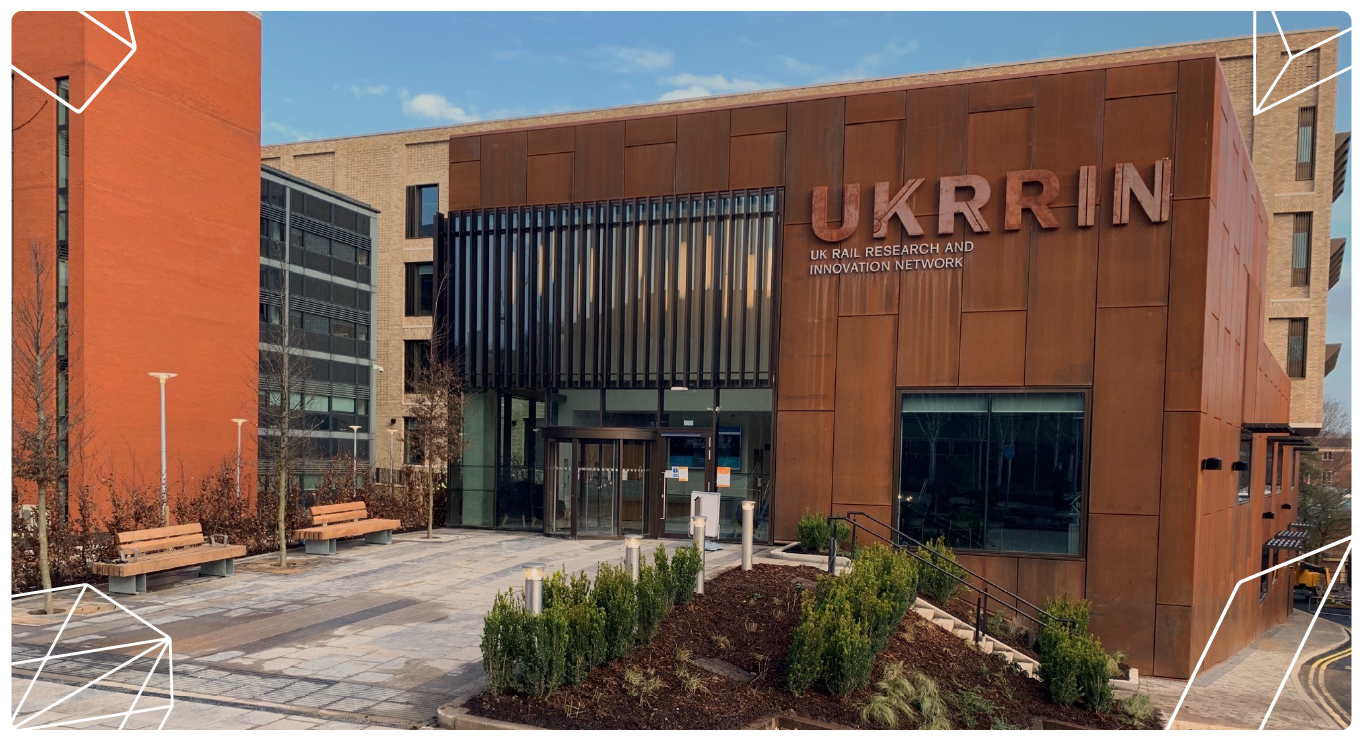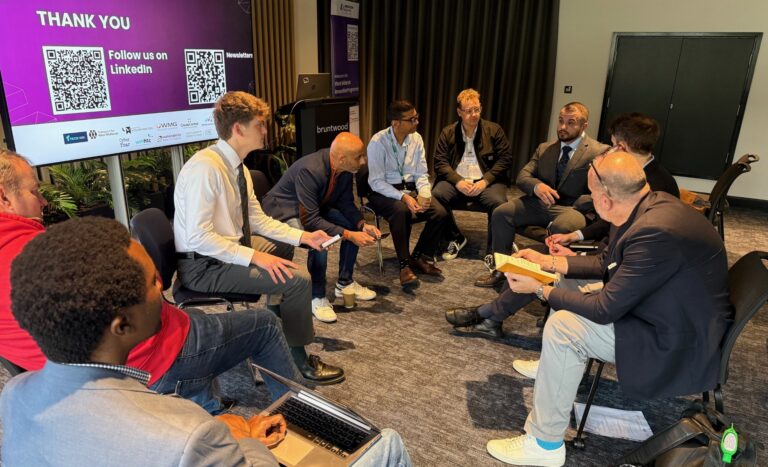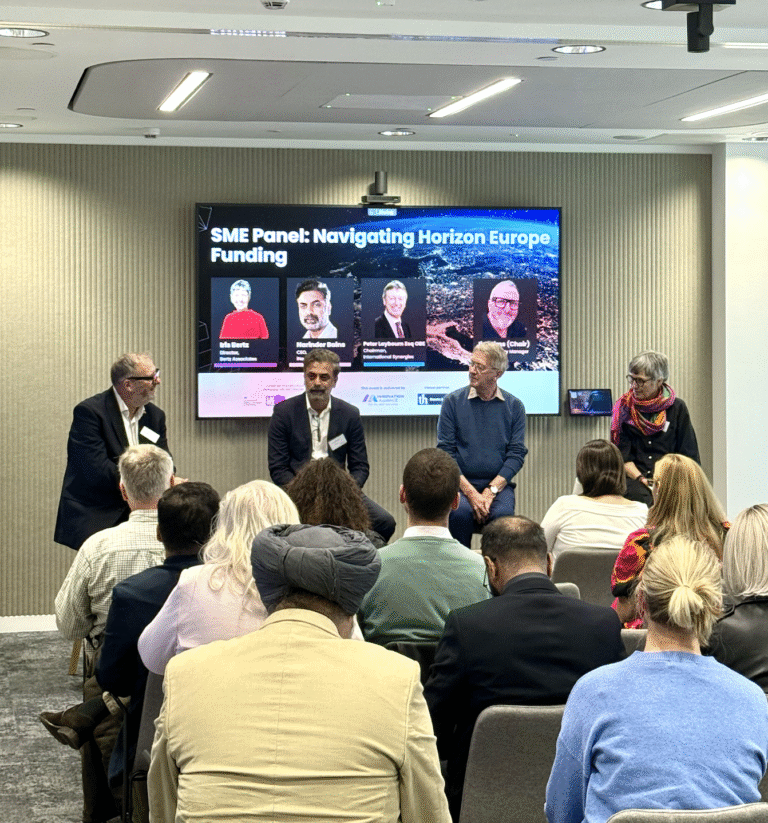
If you were to ask the rail industry what it thinks about innovation it would probably tell you that innovation is good – very good – and the industry wants lots of it, across the entire railway system. In the next breath it would say, however, that to get a new product or service into application on the railway, it might need to be validated and approved, oh and ideally it has a track record (pardon the pun) of many years of good service on the railway so we know it’s safe. Catch 22? I think so – which means we need some innovation enablers.
The other innovation challenge for products and services for any sector, not just the railway, is where to start. How to generate that winning idea, develop, build, test and validate it? Is it worth all that investment in time and effort, and isn’t innovation something difficult and risky? I’d like to point you in the direction of my colleague, Liz McArdle’s myth-busters elsewhere on this blog and to other Innovation Insider articles where you can collect some ideas for your own business. Here you’ll see sector-focussed working groups and innovation teams where you can access a huge range of technologies and where you can access support to generate your ideas to meet your future business needs. The Virtual Innovation Team (VIT) for transport and manufacturing includes Warwick Manufacturing Group, the Midlands Aerospace Alliance and my colleagues and me from the University of Birmingham’s Centre for Railway Research and Education (BCRRE).

Housed in new, state-of-the art facilities, BCRRE is Europe’s largest research, education and innovation group covering wide-reaching themes relevant to the railway and across the railway system: our academics work on almost everything, from infrastructure and associated civil engineering through to how we power vehicles; aerodynamic effects of vehicles passing structures; condition monitoring for track systems, power systems and vehicles; analysis of energy requirements to suit timetables, topography and driving styles; train control and communications (from GSM-R technology through to 5G); low-carbon traction (including the UK’s first hydrogen-powered train to run on the mainline); making use of data, the Internet of Railway Things and cyber-security; and on to work on resilience and climate adaptation; and finally creating digital twins for analysis and evaluation of railway networks. It’s also lead partner in the multi-centre UK Rail Research and Innovation Network, a powerful collaboration of universities and industry to accelerate innovation across the railway sector. This is a wealth of knowledge from just one member of the transport and manufacturing VIT. How could your company access these ideas, this knowledge and technology, and harness it in your own products, services and processes?
The point of academic centres such as BCRRE carrying out so much research in so wide a range of themes is not only to get academic kudos, it’s also to create knowledge and ideas which can find their way into application. In other words, to support companies innovate and develop using the technologies and knowledge created within the academic sector.
So how do you start? Where do you find out about research and development projects at a large institution such as the University of Birmingham and even a single centre such as BCRRE? First off you can get in touch with any of the academic institutions involved in IAWM simply by getting in touch with the IAWM team. Secondly you can access the suite of business support programmes, in particular the Digi-Rail project. Digi-Rail is a European Regional Development Fund project which provides support to eligible SMEs looking to enter or grow their business in the rail industry, with a focus on products and services which are based on digital technologies. Digi-Rail clients can benefit from a minimum of 12 hours’ direct support towards new and improved products, services, employment and business expertise: this is your first innovation-enabler.

Having established your idea and accessed the technology to make it happen, what happens next? You will need to build and test your prototype and our brand-new facilities in the heart of the university’s campus in Birmingham have a wealth of laboratory space and state-of-the-art equipment where you can build, test and develop your ideas, together with BCRRE’s technical experts can work with you through your project: your second innovation-enabler.
The next stage is testing and, where necessary, secure Network Rail’s product acceptance. This stage is sometimes called the innovation valley of death where great ideas falter and fail. The value of using both virtual and real-world solutions comes into play at this stage. You can simulate the characteristics of your innovation and plug them into our virtual railway environment to see its performance under various conditions. I won’t go into the benefits of simulated environments because there is only so much space in this blog but it’s safe to say that you can save an awful lot of time and expense this way. Secondly you can access testing at one of the UK-wide test tracks: different test centres have different track formations so you can try out your idea in the real world, and in real world conditions which are closest to those for which your innovation is meant. Bingo! You’ve achieved the holy grail of service on the railway and you’re ready to go to market with your new idea and you’ve accessed the third innovation-enabler.
Don’t stop there, however. Join like-minded organisations in your industry cluster to share knowledge, ideas and opportunities. In the rail industry, BCRRE collaborates with the Rail Business Daily Community, which will be hosting its next networking event in Birmingham in May where you’ll be able to take a tour of the BCRRE facilities and have a chat with the team. And why not join our own Innovative Manufacturing Working Group, delivered as part of the West Midlands Combined Authority-funded West Midlands Innovation Programme, where we get together to tackle issues you face as suppliers in the transport sector. There is an innovation enabler for everyone so get in touch with us to take your innovation needs to the next level!
Author, Jenny Illingsworth
Virtual Innovation Team Lead, Rail; Manager, Birmingham Centre for Railway Research and Education at University of Birmingham






